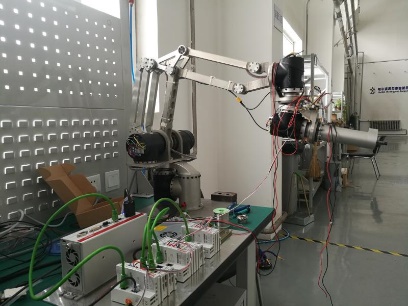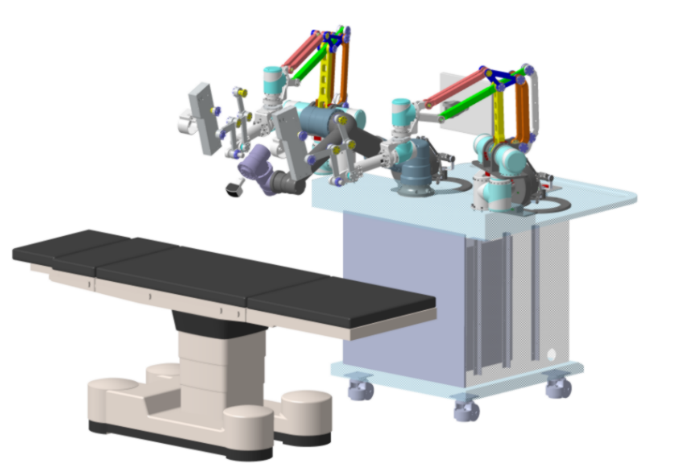Among urological tumors, prostate cancer and kidney cancer have high morbidity and mortality rates, which seriously endanger human health.
In recent years, the incidence rate of both prostate cancer and kidney cancer in China has shown a significant year-on-year increase.
Early diagnosis and treatment can significantly improve the survival rate of patients.
However, the urological organs are characterized by small size, deep location and rich blood flow, and the surgical robot for deep small organs has higher technical requirements in terms of precise target identification, operation accuracy and efficient ablation.
To this end, the urology team of Union Hospital of Tongji Medical College of Huazhong University of Science and Technology has joined hands with nearly 10 superior units including universities, scientific research institutions and high-tech enterprises in medical science and technology in accordance with the principles of whole-chain innovation design and "industry-academia-research-use-medicine" collaborative research and development, by closely linking to the clinical needs and jointly researched and developed the percutaneous puncture surgery robot and optical-acoustic-magnetic multimodal imaging scientific instruments with "clear vision, accurate penetration, high efficiency and good safety", so as to promote the early diagnosis of urological tumors and meet the clinical needs of safe, accurate and efficient percutaneous puncture biopsy and ablation.

In recent years, Professor ZHANG Xiaoping from the Department of Urology, Union Hospital Affiliated to Tongji Medical College of HUST has successively led the National Key Research & Development Program "Intelligent Robot" key project - " research on CT-3D ultrasound-guided percutaneous puncture robot for urological tumors" and "research of optical-acoustic-magnetic multimodal imaging system for histomorphology and function of early stage prostate cancer" of the National Major Research Instrument Development Project, with a total funding of RMB 1.63 million.
With the strong support of the university and Union Hospital, Prof. ZHANG's team has actively explored and innovated in the interdisciplinary field of medical and industry, strengthened cooperation with the Department of Biomedical Engineering and Department of Mechanical Engineering of HUST, Harbin Institute of Technology, Beijing University of Aeronautics and Astronautics, Shenzhen Institute of Advanced Technology Chinese Academy of Sciences, and other prestigious units, formed a number of distinctive interdisciplinary medical-industrial research directions such as puncture surgery robot, medical imaging equipment, medical new equipment research and development, which received support from a number of national key projects and achieved a number of landmark scientific research achievements.

The extensive integration of interdisciplinary of medical engineering disciplines will be conducive to promoting the school's "double first-class" construction pace, and make positive contributions to improving the level of R & D of key core technologies in China's medical device industry and building a healthy China.
